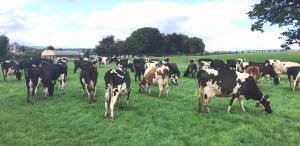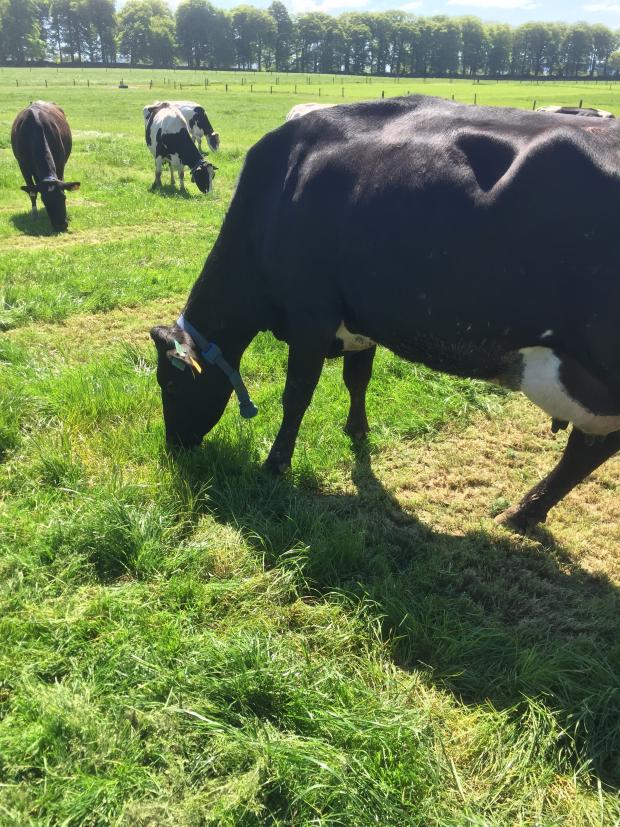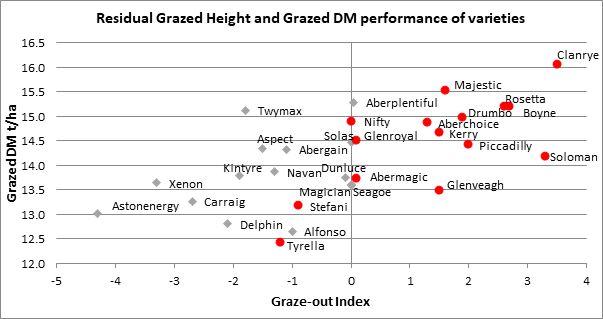Picky Eaters – Cows Prefer Certain Grass Varieties by Thomas Turbritt
Date published:
Within my studies, which are part of the AFBI-Teagasc-QUB PhD programme focusing on improving grassland production in Ireland, I recently visited a farm involved in the Teagasc on-farm variety evaluation study.

In this study farmers sow individual varieties of perennial ryegrass in paddocks and record the performance of the paddock. However, due to an expanding herd size, one dairy farmer, who had sown two individual varieties in adjoining paddocks had to remove the fence between the two varieties. In this circumstance, it was very interesting to see that the cows always grazed one side (one variety) of the field before grazing the other. This is one example of cow’s preference for one grass variety over another.

With the high cost of reseeding estimated to be up to €750/ha, it is very disappointing for farmers if a new grass sward is unpalatable to cows. One farmer I met told me of one new reseed on his farm where his cows are never happy and as a result, he never leaves the cows grazing at night for fear that they will break the wire. Therefore, grass varieties are now being examined in a new trial in Teagasc Moorepark to investigate their graze-out potential.

The variety consistently achieving the lowest post-grazing height across the year was Astonenergy at 3.7cm on average and the highest was Clanrye, a full 1cm higher at 4.7cm. The average post-grazing height across the varieties was 4.2 cm.
Varieties with larger pre-grazing heights were found to have poorer graze-out and from this a new characteristic of grazing quality called the Residual Grazed Height (RGH) was calculated. Again, Astonenergy and Clanrye performed best and worst for RGH respectively. However, Clanrye had the highest and Astonenergy the lowest amount of DM yield over the year.

Assessing variety performance for graze-out and DM yield showed varieties like Aspect, Twymax and Abergain to be the best compromise varieties as they gave high DM yields with a tight graze-out. The graph shows that tetraploid varieties were among those grazed-out the most, with diploids generally yielding well but not grazing-out tightly. The majority of tetraploids had better graze-out performance than diploids even when DM production was similar between both ploidies. Abermagic (Diploid) and Kintyre (Tetraploid) both yielded about 13.8 t DM across the year but Kintyre grazed-out more tightly.